Fairchild 82: A Northern Work Horse
Above Photo (Family Archives): CF-AXL moored at a makeshift dock on Touchwood Lake, northeast of LacLaBiche (c1961). The photo was taken on a trip made by Hans Vanderflugt (my instructor) and I while flying out of Cold Lake, AB in the late 50’s and early 60’s.
Photo Below: Hans and Ruth Vanderflugt
(that photo has somehow delinked from the story)
February 20, 2012. After posting this story on February 2, 2012, a young man, Daniel Mahoney, of Vanair Aviation, in Refugio, Texas, happened to pick it up the link off the Web while searching for background on his stepfather Hans. Dan phoned to tell me, Hans Vanderflugt, co-owner of Vanair, had just been killed in a crash near Colorado a few days before I posted the story (more information in the footer).
This story is dedicated to the memory of Hans, who is survived by his wife, Ruth Hodge Vandervlugt of Refugio, Texas; one son, John Vandervlugt of Round Rock, Texas; one stepson, Billy Michelson of San Antonio, Texas; and a sister, Erna Fentener Van Vlissingen of Amsterdam, Holland.
The following book was recently published about the heroic flying adventures of Hans as he tavelled the world delivering sngle and twin engine aeroplanes.
Photo of Hans Vandervlugt (October 2011) on the book cover.
(Note: I misspelt the surname in the original post as that is what I had always listed in my log book.)
1. Bush Flying in Northern Canada
At 6:00 am, I was out of bed and heading to the dock on Beaver Lake, about four miles east of LacLaBiche, Alberta, where Axle, the nickname for the Fairchild 82A, CF-AXL, was moored. The aircraft was one of the final two members of the Fairchild Series1 of bush planes built in the 1930s by Fairchild Aircraft Ltd. Canada, and still in service. Although not slick or fast, it was a workhorse in which we could haul up to 2000 lbs depending on how much fuel we had to carry.
On shorter trips (thirty to forty-five minutes) we only carried sufficient fuel for one or two round trips as each pound of fuel meant a pound less cargo. This particular aircraft had travelled to almost every corner of Northern Central and Western Canada, whereever pioneers were working to access the vast array of natural resources hidden among the millions of acres of wilderness rocks, trees, shrubs and thousands of freshwater lakes, rivers and streams that defined the north.
Production of the 82A was discontinued when the factory switched to cargo supply and bomber aircraft needed to help fight the Second World War. The Bristol Bolingbroke and the C-19 Packard were the most recognized aircraft being poured out of the Fairchild Factory in the 1940s. Unfortunately, the production of the 82A series was never resumed as the plans and molds were inadvertently destroyed during the company’s transition to wartime aircraft.
CF-AXL, the aircraft we flew back in the 1950’s and 60’s, currently resides in the Canadian Aviation and Space Museum in Ottawa. It was refurbished and moved to the museum in the 1960’s shortly after we flew it when working for a company owned by the father of a High School friend, Aaron Pinsky (lead photo in the link – top left (Aaron), bottom centre (Harold and Aaron, two cool dudes). We completed our flying training at RCAF Station Cold Lake and regularly flew together during the early years.
2. Early Mornings
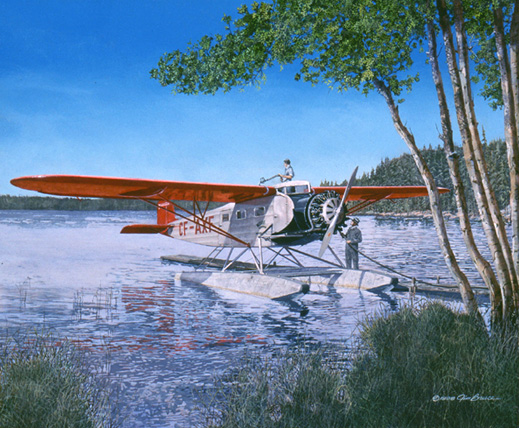 On this morning I was suffering a bit of a headache after hanging out a little too late with friends, the Gatzke’s, with whom I lived while attending grade five in LacLaBiche some ten years earlier (Link). On other flights, I had also made friends with several others who put me up while on layovers in LacLaBiche.
On this morning I was suffering a bit of a headache after hanging out a little too late with friends, the Gatzke’s, with whom I lived while attending grade five in LacLaBiche some ten years earlier (Link). On other flights, I had also made friends with several others who put me up while on layovers in LacLaBiche.
Photo (Painting of AXE by Jim Bruce, Aviation Artists, Web Source): This, the only other 82A in service in Canada, is shown being refuelled while moored to a small dock somewhere in Northern Canada. AXE disappeared in 1964 while on a flight in the Northern Arctic. Link to the story. Note the slide back access to the upper wing from the cockpit. That little door made accessing the fuel tanks much easier (there is also another photo attached to end of story). I can still remember the distinct smell of aviation fuel as we added fuel two or three times a day. We never carried more fuel than necessary as the weight of every extra gallon of fuel had to be subtracted from cargo.
By 6:30 Hans Vanderflugt, the Chief Pilot for Alberta Fish Products and I, had pumped the floats and topped up the gas, both accomplished with an ‘arm killer’ toggle pumps. Well, stating it was ‘Hans and I’ was generous as he usually let me do the toggle work while he held the hose. I never complained though as I was more than happy to be getting ‘free’ flying lessons as I built hours towards my Commercial Licence. If I had to do a little pumping, then fly twenty minutes, load 2000 pounds of fish, fly another twenty and unload it, it was a small price to pay for this kind of flying time.
Once I had completed the external and internal checks, then started the engine, Hans would cast off, jump into the co-pilots seat. We would taxi into the bay for our first flight of the day. Today, however, was to be different.
3. First Solo on AXLE
After casting off the lines, I quickly realized Hans had remained on the dock. When I looked back, he was standing with a coffee cup in hand enjoying the morning sun as he gave me a thumbs-up and waved me off for my first solo in Axle. Although I considered myself competent and, I assume, so did Hans, it was not something I expected and, as it turned out, was very nearly the last of solo flight of my life after having made a rookie mistake that could easily have turned the aircraft into a pile of bent metal and fabric laying in a 50 feet of water.
I had arrived in LacLaBiche a week earlier after getting a call from Hans, asking if I wanted to pick up some flying time with him while hauling fish out of a few small lakes between in the area of LacLaBiche. As I still had friends in that area it was a no-brainer. Just to be clear, Han’s motives were not all ‘friendship’ although that did play a part. We had been kicking around together for the months since Hans started flying for Alberta Fish Products, a company based in Cold Lake and owned by the father of my High School friend, Aaron Pinsky2.
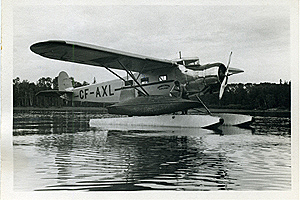 The Fairchild 82A they now owned and operated out of Cold Lake was recently refurbished with new fabric, a product called seconite. AXLE was also fitted with the larger Pratt and Whitney, 600 hp Wasp Engine.
The Fairchild 82A they now owned and operated out of Cold Lake was recently refurbished with new fabric, a product called seconite. AXLE was also fitted with the larger Pratt and Whitney, 600 hp Wasp Engine.
Photo: U/K location. AXL moored in a bay as the pilot prepares to drop a canoe. Tying long cargo to the float struts was common practice, however, one had to make sure it was well secured as having the cargo break loose during flight could be catastrophic (From Ed Zaruk Archives)
Performance on floats was very good even with maximum cargo (2400 pounds depending on fuel carried). It was not uncommon to overload by a few hundred pounds if the weather conditions were favourable (moderate wind and choppy water). When on skies, AXLE was a STOL performer when not overloaded.
While the AXLE was not a thing of beauty, it was every bit as capable as it’s more famous (and good looking) cousins, the DHC Beaver and Noordwyn Norseman. Neither Aaron nor I ever complained about the looks when asked if we would like to spend some time helping to haul fish or other cargo into and out of various bush camps. After all, it was not like a blind date, where looks at least counted for something.
Becoming a competent bush pilot not only meant acquiring considerable flying skills, it also involved a willingness to do a lot of hard work. Loading 2000 pounds of fish or other cargo, then flying, often for less than thirty minutes in weather conditions that sometimes ranged from thunderstorms and line squall’s in the summer to bone-chilling sub-zero cold in the winter, then unloading the cargo, was backbreaking work.
Throw in a few forty-five-gallon drums of gas and other sundry cargo that had to be securely tied, was not for the faint of heart. Repeat the same type of trip several times each day and you have a small glimpse of the glory of being a ‘bush pilot’ back in the middle of the last century. If you have watched one or two episodes of the popular TV series the “Ice Pilots” you will realize that in the far north not much has changed since our time back in the early 1960s.
4. The Flying Dutchman: My Mentor
Barely into my twenties, the opportunity to fly with “The Flying Dutchman” a wonderful, crazy guy in his mid-twenties who started his career flying Harvard’s in Moose Jaw, was not one to be missed. I still have his Harvard Mark IV and V checklist that was obviously used in Moose Jaw but do not know his connection to the RCAF.
While Hans was young, he had a lot of experience with hundreds of hours flying time after having transitioned to bush flying. He was qualified on dozens of types of single and multi-engine aircraft that at various times were fitted for land, sea and ski work. He had also flow a number of mercy missions into the northern Canadian wilderness. I suspect he must have started flying when he was no more than sixteen or seventeen.
On one mercy mission, to pick up a seriously ill patient in a remote Indian community, he was returning to Edmonton when he encountered severe whiteout conditions. It was not long before heavy snow reduced visibility to near zero and as he picked his way along a cut line with the patient and a nurse in the rear seats, he suddenly encountered rapidly rising land. Fortunately, he was able to raise the nose of the aircraft and started to climb before plowing into the deep snow. It turned out to be no more than a ‘hard landing’ that tore the skis from the airplane and bent the prop. Hans suffered a nasty, but non-life threatening cut to his head but was otherwise uninjured. The nurse was not injured but the patient remained in critical condition.
With plenty of emergency supplies on board as well as a heater, Hans, with the aid of the nurse, was able to make the patient as comfortable as possible while they waited out the night and storm. The following morning the weather cleared and before noon a rescue craft, sent out from Edmonton, spotted the downed aircraft and before long all were taken to hospital in Edmonton. When I first met Hans, he still sported a large scar on his face from that incident.
(Jan 14/20, note re: above accident: Jan 14/20 Nathalie Chambers – perhaps this is the accident to which you referred .. I wrote this from memory of a passing conversation with Hans – I may have gotten a few details wrong. Perhaps you can confirm with your father)
Over the past few months flying with Hans I gained time on several aircraft types including the Noordwyn Norseman, Helio Courier, Stintson Voyager, Fleet Canuck, Piper J-3, (on which I had completed my float endorsement) and several types of small Cessna (120, 140, 172 and 185). As a Private Pilot, once checked out, I was allowed to fly these aircraft, but not for commercial purposes.
While no one wanted to get caught messing with the DOT (Department of Transport) regulations and possibly losing their licence, this was still an era of flying when things were not always done by the book. Besides, I was certain that over his career Hans had taken many chances greater than letting a ‘qualified’, low-time pilot handle the controls of an aircraft of which he was the Pilot in Command. During our time in LacLaBiche, Hans also met a young woman and, I suspect, his motives for letting me solo was that he would rather spend the day kicking around the beach with that attractive young woman than hauling fish, a job that could be done by his eager young swamper.
5. A Brush with Death
After completing the run-up and checking the controls, I edged the throttle fully open, pulled back on the control column and waited only a few seconds before the bow wave to built on the floats then pushed the stick forward. In fine pitch and at full throttle the deep-throated sound rocked the airplane and surrounding area.
Taking off with the Fairchild empty, even on a dead-calm morning such as this, was a piece of cake as those 600 horses made that cumbersome looking old workhorse act like the STOL Courier, a type of aircraft we used for several trips the previous winter while AXL was laid up.
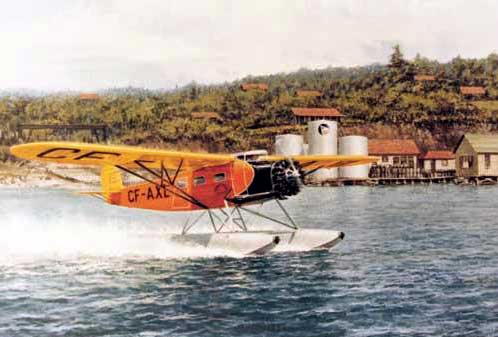
This photo of an Oil Painting of CF-AXL graced the cover of the
Canadian Aviation Historical Society’s 2000 Edition
Barely 15 minutes later I was preparing to land at Heart Lake for the first pick-up of the morning. The water was dead-calm, a condition that required extreme caution when landing. During my float endorsement, Hans and I spent about an hour practicing glassy water landings using the much smaller Piper J-3, but since flying larger aircraft, the opportunity had not again arisen when he was with me.
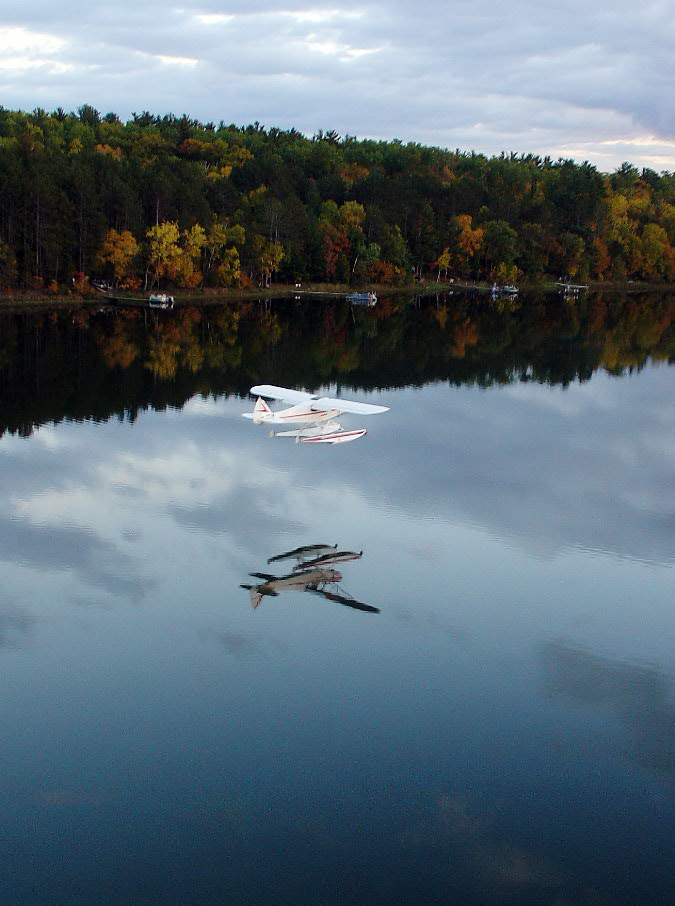 The challenge of glassy water is one of depth perception. When flying over a dead-calm surface it is impossible to judge altitude for the landing approach and touchdown. It helps to land near the shoreline as that can be used as a reference point but even that provides only an estimate. While the altimeter provides an additional reference, one would not want to place the safety of the aircraft and occupants at risk based solely on an altimeter reading that, for many reasons, could be out by many feet.
The challenge of glassy water is one of depth perception. When flying over a dead-calm surface it is impossible to judge altitude for the landing approach and touchdown. It helps to land near the shoreline as that can be used as a reference point but even that provides only an estimate. While the altimeter provides an additional reference, one would not want to place the safety of the aircraft and occupants at risk based solely on an altimeter reading that, for many reasons, could be out by many feet.
The procedure I followed and had practiced several times, involved putting the aircraft in a landing configuration (slightly nose high) and using power to let the aircraft sink slowly toward the surface, perhaps at 150 – 200 feet per minute. When the floats touched the surface, the power was reduced and the aircraft would slowly back off the ‘step’ onto the main surface of the floats. This morning it was a textbook landing and I hardly realized I had touched down. As I began to taxi, I scanned the shoreline for the fish camp and realized my cautionary landing run had taken me about almost two miles beyond the camp.
That was a very long distance to taxi with the aircraft sitting fully in the water, so decided to increase power, jump back on the step and taxi like a speedboat rather than a barge. It only took a couple of minutes to cover the distance and I was just pulling back the power to settle back off the step when I realized my reference to the shoreline had changed. I glanced at the altimeter and found I was at least 100 feet in the air. With no load, the Fairchild, even under reduced power, decided to take off rather than stick to the water.
My heart jumped to my throat in the split second it took me to realize my airspeed was far to low and if I stalled at this height, the aircraft would most certainly dive nose-first into the lake. It only took a few seconds after full power was applied to gain airspeed and then climb out and turn for a second approach. This time I planned my approach to account for the much longer landing run. It was another textbook glassy water approach but I was still thanking my lucky stars that I had not missed that critical error on the first landing or there would not have been a second.
6. A Dead Battery, what else might go wrong?
After loading and securing the cargo of fish contained in metal tubs, I was getting ready to make the return trip when the second calamity struck – no power. The electrical system on the Fairchild operated off a 24-volt battery and while battery power was not needed to run the engine (a magneto system was used), power was needed to charge centrifugal motor used to turn over the large radial engine. Although this could be done manually with a crank, the crank access port was impossible to reach with the aircraft on floats without building some sort of scaffolding between the floats.
After pondering the loss of power for a few minutes I began looking for a breaker switch that I felt had likely tripped and cut off power to the electrical system. After fifteen or twenty minutes I was getting frustrated as I could not even locate the battery. Then it occurred to me; one thing my dad and I sometimes did when having a similar problem with the starter system on one of our old cars – we would short out the system with a pair of pliers. I found a junction box on cables to the starter motor and with the handles of the pliers spread wide, shorted the contact points. Bingo! Within a few seconds, there was sufficient speed in the starter to engage and bring the engine to life.
Still worried about not having any electrical power I decided to be on the safe side and tied the tail of the AXLE to a nearby tree for the run-up. In retrospect, this was probably rather silly but I was more than a little stressed about the happenings of this trip and wanted to make sure everything was OK while still tethered to land. The run-up was normal but when I looked out to have the men untie the aircraft, they looked less than thrilled. During the run-up, I never considered the wash from the propeller, which was considerable, on that large engine. It had blown down several tents and generally made a real mess of their campsite. Oh well, nothing I could do, so the line was released and I taxied out.
7. Fully loaded for glassy water takeoff
The water was still dead-calm and I knew that to take off with a full load even with minimum fuel and no passenger, might be tough slogging. Glassy water had a strange effect on floats. With that full load, the floats were deeper in the water, so it was hard to break the surface tension that held them to the surface. Experienced pilots, having developed a better feel for their aircraft, could gently nurse the aircraft onto the step, but that took more than a few years of practice.
On my first attempt, it was clear the engine was going to overheat, so I throttled back and waited for the temperatures to fall. The next time, I closely watched as the bow wave began to build and then, following instructions given by Hans on previous take-offs, pushed the stick forward just beyond central point and rocked it slightly rather than using large swings of the control column. I must have timed it just right as the craft slowly edged onto the step and we soon began to gain speed until the point I could lift one float off the surface, then the other. It was still a slow process, therefore important to have plenty of room to gain altitude before reaching tall trees at the end of the lake.
By the time I landed back at Beaver Lake, well over an hour behind schedule, Hans was clearly a nervous guy, but greatly relieved I arrived back safe and sound. He told me he had nearly called the Forestry Service to see if they had a plane available to check Heart Lake, but fortunately, he had not yet made the call. Had he checked in it might have meant a report to the Department of Transport and possible questions about the qualifications of the pilot in command.
I told Hans about the taxi incident and near stall, then about the problem with the electrical system. He realized that he had never shown me the location of the battery and breaker switch which, as it turned out, was well hidden. After installing the new, larger, Pratt and Whitney engine, it was necessary to move the centre of gravity back. To help, the large and very heavy 24-volt batteries were moved to the extreme tail, right under the rudder. The cables were strung under the decking and above the belly fabric. The breaker switch was accessed by crawling through a small access port, then along the belly toward the rudder. Being the good-hearted guy he was, Hans had a good chuckle about blowing the fish camp back a few hundred feet. It was then back to the business of hauling more fish.
That he still had confidence in my abilities, was demonstrated when he left me to do solo flights for the remainder of the week. I suppose this gave him time to tune up his love life as being a bush pilot he was constantly on the move from one community to another. It was a pretty lonely life.
Harold McNeill
February 2, 2012
(1) The Fairchild 82A was a Canadian-designed successor to the FC-2W-2 and 71 models. It won immediate acceptance by Canadian bush operators who appreciated its good load-lifting capabilities. More freight, more money to offset the high costs. The 82A proved to be one of the north’s most reliable bush aircraft. The type was made in Canada and seven were exported to Mexico and South America.
Only 24 were built when construction was halted and the assembly line used to produce the Bristol Bolingbroke. For bush use, many operators preferred the Fairchild 82A to the more famous Noorduyn Norseman. The second last 82A in service disappeared on a flight in the Northwest Territories on June 9, 1964, leaving CF-AXL as the lone survivor. It was taken out of service in 1964 when purchased by Canadian Pacific Airlines. It eventually ended up in the National Air Museum in Ottawa where it sits to day.
When travelling with the family in 1995, we took a few hours to visit AXLE in her new home. She looked more fit than when Hans and I were flying her in 1961 and 62.
(2) The man with whom I took my very first airplane (Don Hamilton) ride within about 1948, went on to purchase CF-AXL in 1958 while I was in High School in Cold Lake. I later went on fly that airplane periodically until it was taken out of service in about 1964. Linked is a short biography of Don Hamilton.
APPENDIX
February 27, 2012, Small World – Tragedies in Colorado, Arizona, and Cold Lake, intersect my life in 1962
A few days back I received a call from Dan Mahoney in San Antonio, Texas. Dan had been reading the story this story which was posted on January 6, 2012, and hyperlinked to
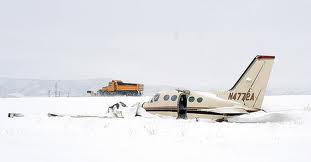 Hans.
Hans.
Photo from NTSB Crash Report (Link Here)
Tragically Hans (listed as 75 years old in the article), along with the mother of a family of five, were killed in the crash in Colorado in conditions similar to a crash I described in the story (blinding snowstorm and whiteout conditions). The father and three children survived the crash. For the full details, link to the story posted below.
A second call I received about CF-AXL was from a man in Phoenix, Arizona, whose pilot father had been killed in a helicopter crash while stringing power lines, in California I believe. His father had flown CF-AXL in the late 1950s. I am sure Hans would have known that man as the world of bush flying in the 1950s and 1960s was a very small community of pilots. The man who phoned was searching out details for a short story he is writing about his father.
One further recent tragedy connected to myself and CF-AXL. A school chum, Aaron Pinksy, of Cold Lake, Alberta, with whom I spend many hours flying in CF-AXL and other aircraft around northern Alberta and Saskatchewan, passed away two weeks ago in Cold Lake. Other stories about the experiences that Aaron and I shared during those early years will be posted in future stories.
March 3, 2012, MYSOUTEX NEWS: Link to Story
REFUGIO — Hans Vandervlugt, 75, of Refugio died Feb. 19, 2012. A commercial pilot for 40 years, he was the manager of Vanair Services at the Refugio County Airport.
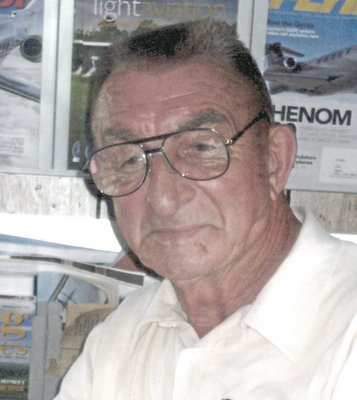 He and his wife, Ruth, came to Refugio to manage the county airport in 1972.
He and his wife, Ruth, came to Refugio to manage the county airport in 1972.
Over his career, Vandervlugt accumulated more than 70,000 hours of flying time.
He was born May 10, 1936, in Holland and was preceded in death by his parents.
Survivors include his wife, Ruth Hodge Vandervlugt of Refugio; one son, John Vandervlugt of Round Rock; one stepson, Billy Michelson of San Antonio; and a sister, Erna Fentener Van Vlissingen of Amsterdam, Holland.
A memorial service for Vandervlugt will be conducted at the Episcopal Church of the Good Shepherd, 700 S. Upper Broadway Street in Corpus Christi on Tuesday, March 6, at 11 a.m.
Memorial remembrances may be made to the charity of your choice.
Link to Book about the life of Hans Vanderflugt.
National Aviation Museum, Ottawa, Canada, details:
Registration #: CF-AXL
Manufacturer: Fairchild Aircraft Ltd., Canada
Manufacture Date: 1937 as a 82A
Number: Numbers vary between 24 and 30 with 7 being exported
Construction #: 61
Province: Donation from Canadian Pacific Airlines (1967)
Ownership History: CF-AXL Fairchild 82A; Starratt Airways; Ontario Central Airlines; J Landells, Aviation Services; R Eastman, Airmart Courier & Sales: Ernie Lobe, Airmart Courier & Sales; Alberta Fish Products; Canadian Pacific Railway; Gift to National Aviation Museum Ottawa, Ontario, 1966. Ernie Lobe was a long-time resident of Cold Lake. Charles Pinsky was the owner and operator of Alberta Fish Products.
Technical Details
Wing Span: 15.5 m (51 ft)
Length: 11.2 m (36 ft 10 3/4 in)
Height (on wheels): 2.8 m (9 ft 4 1/2 in)
Weight, Empty: 1,388 kg (3,060 lb)
Weight, Gross: 2,720 kg (6,000 lb)
Cruising Speed: 206 km/h (128 mph)
Passenger Capacity: 10 + 2 Crew
Flight Deck: Raised five feet above the passenger deck
Max Speed: 233 km/h (145 mph)
Rate of Climb: 2,740 m (9,000 ft) / 10 min
Service Ceiling: 4,770 m (15,650 ft)
Range: 655 miles
Power Plant: one Pratt & Whitney R-1340-AN-1 Wasp, 600 hp, radial engine
(1) Aaron and I had worked our way through High School in his dad’s fish packing plant where we became rather expert at filleting fish, the top job on the assembly line. We had started taking flying lessons at the same time in our late teens as we both loved flying.
Access to airplanes was never an issue as his dad, along with his dad’s partners and several older friends purchased or leased airplanes to haul fresh fish, passengers and other goods around the dozens of lakes that dotted the giant triangle between Cold Lake, Lac La Biche and Fort MacMurray. We already had several hours of unofficial flying time before we even started taking our lessons at the Cold Lake Flying Club. While everything was regulated, in the remote areas, no one really paid much attention.
(2). April 8, 2012: The following short bio on Hans were found in a Newspaper report. (Link Here)
Hans Vandervlugt, 75, of Refugio, passed away on Sunday, Feb. 19, 2012. He was born in Holland on May 10, 1936.
Hans was an avid aviation enthusiast from his earliest childhood. He learned to fly gliders at the age of 14 and earned his pilot’s license by the age of 19. He was inducted into the Royal Dutch military and was given a commission as an officer in the Royal Dutch Air Force at the age of 20. He was transferred to Canada for further training as a Dutch Air Force pilot. Hans learned to fly jet aircraft during his training with the Dutch Air Force. After his discharge from the Dutch military, Hans went back to Canada and became an experienced pilot, flying in the vast Canadian North Country. Hans flew a variety of aircraft in Canada while working for various commercial companies and as an independent “bush” pilot. He flew many people to hunting, fishing, and commercial business activities.
In 1962 Hans was offered a position with a company to fly aircraft in Africa. For two years he flew into numerous African countries, sometimes at great risk to his life. Hans was employed by an American aircraft company in 1968 to fly from the United States across the Atlantic Ocean to various countries in Europe and Africa. He made 169 crossings and 123 were in a single-engine aircraft.
He met his wife Ruth while in Miami, Florida. They married on April 4, 1971. They moved to Refugio in 1972 to manage the Refugio County Airport, which they continued to operate to this day. In addition, Hans and Ruth organized and managed Vanair Services at the Refugio County Airport. Hans has been engaged for 40 years as a commercial pilot for aircraft owners.
Hans has been flying for over 60 years and has flown many dozens of aircraft types. He was well known and respected for his abilities and vast experience and had accumulated 70,000 hours of flying time. He was also well known for his integrity and honesty. He was also compassionate, as he flew patients in need of urgent care to various health care centers in Texas, at his expense.
Hans will be gravely missed by his family and friends from all over the world.
He is preceded in death by his parents.
He is survived by his wife, Ruth Hodge Vandervlugt of Refugio; sister, Erna Fentener Van Vlissingen of Amsterdam Holland; son, John Vandervlugt of Round Rock; and step-son, Billy Michelson of San Antonio.
A memorial service will be held at Episcopal Church of the Good Shepherd, 700 S. Upper Broadway St., Corpus Christi, on Tuesday, March 6, 2012, at 11 a.m.
(3) April 8, 2016: When searching for the missing photo, I also found documents for Hans dated to 1961 at the Schipol Airport. The documents, except for a few sections, are written in Dutch.
Pilot Log Book
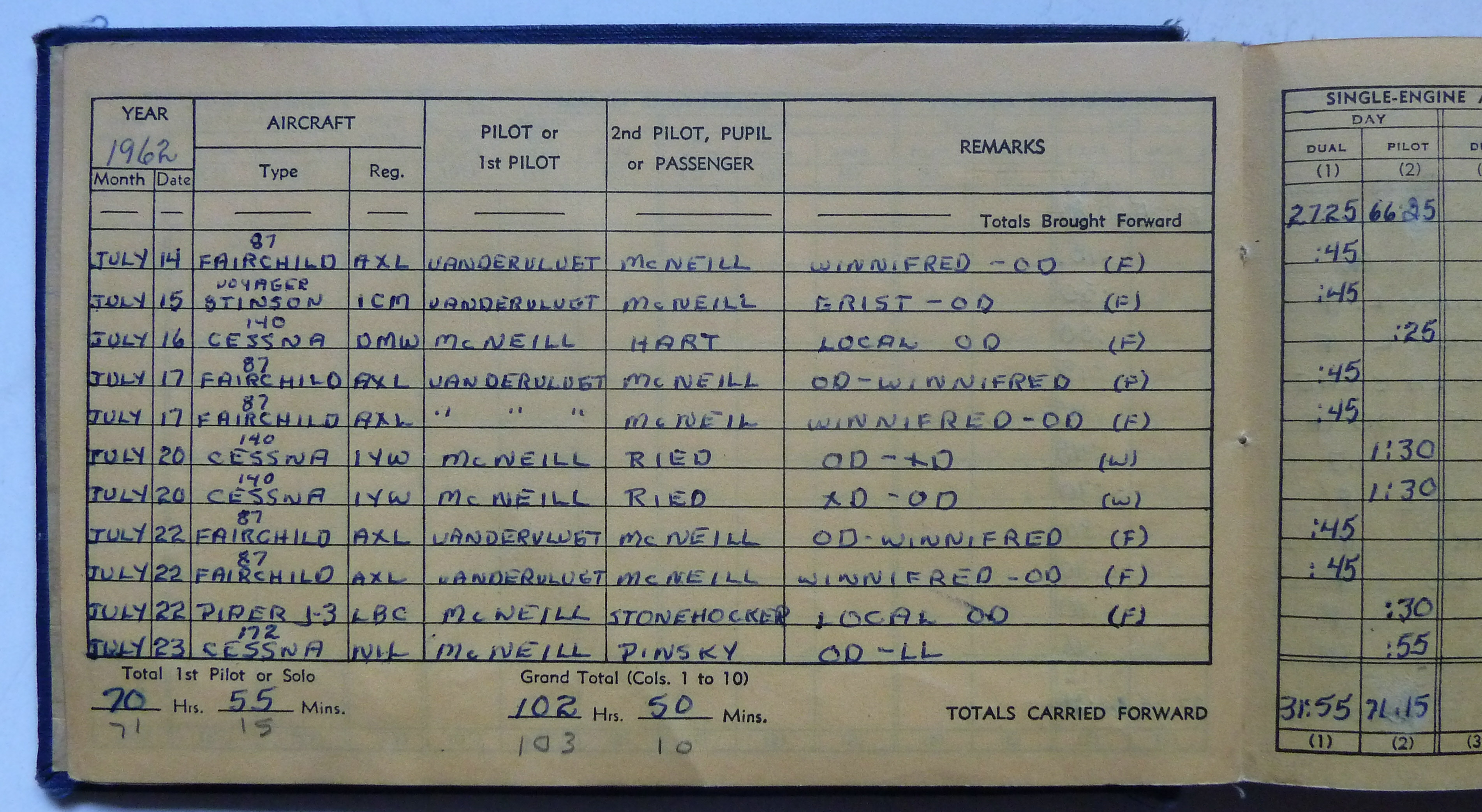
During the summer I was still building up time with Hans (Vandervlugt) on AXL as well as taking other side trips to various locations. Most of the side trips were paid for by others looking for the quickest and cheapest way to get to Edmonton (XD) or other location for a quick appointment. It was not until September that Hans and I headed to Lac La Biche where I was to begin flying AXL solo. We could not do that on other trips as there were usually too many people around who watched the flights and would wonder why Hans had stayed behind.
AXL on Wheels at Ottawa Airport
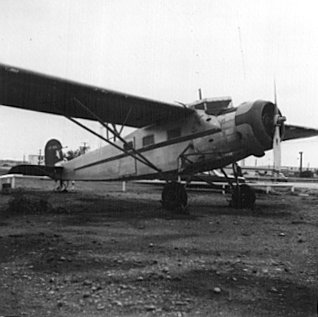
On wheels and skis, the Fairchild 82 had an amazingly short take-off
run which made it ideal for north country flying. While run was always longer when loaded and on floats it was still one of the best bush planes ever made.
ACX on Skis in Alaska
Fueling with a Jerry Can, a very tedious task.
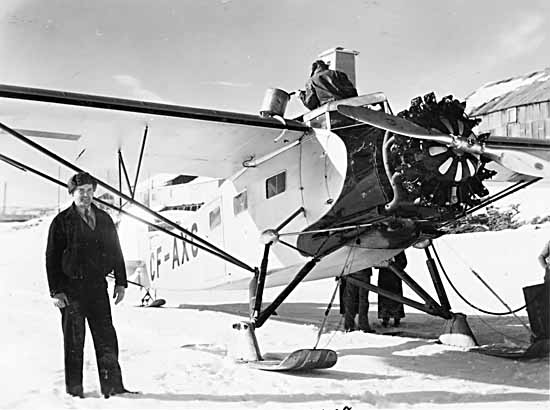
AXL in the National Aviation Museum in Ottawa
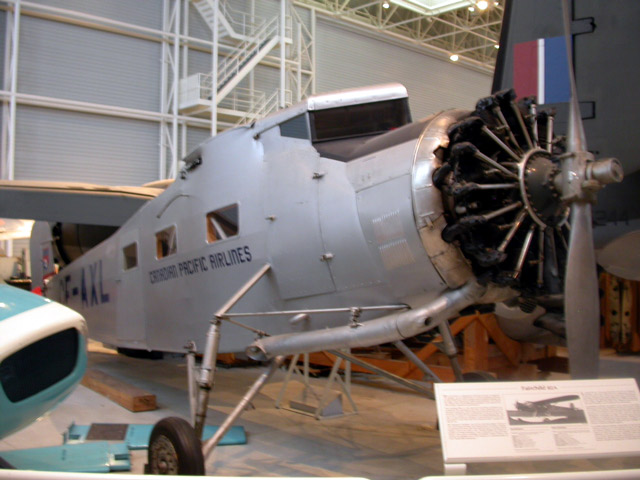
Later I will post several shots taken when our family visited the museum in 1995.
Washing and Repair
(I believe this is AXE, the only other Fairchild in service with AXL
during our time in the early 1960s – note in the story above)
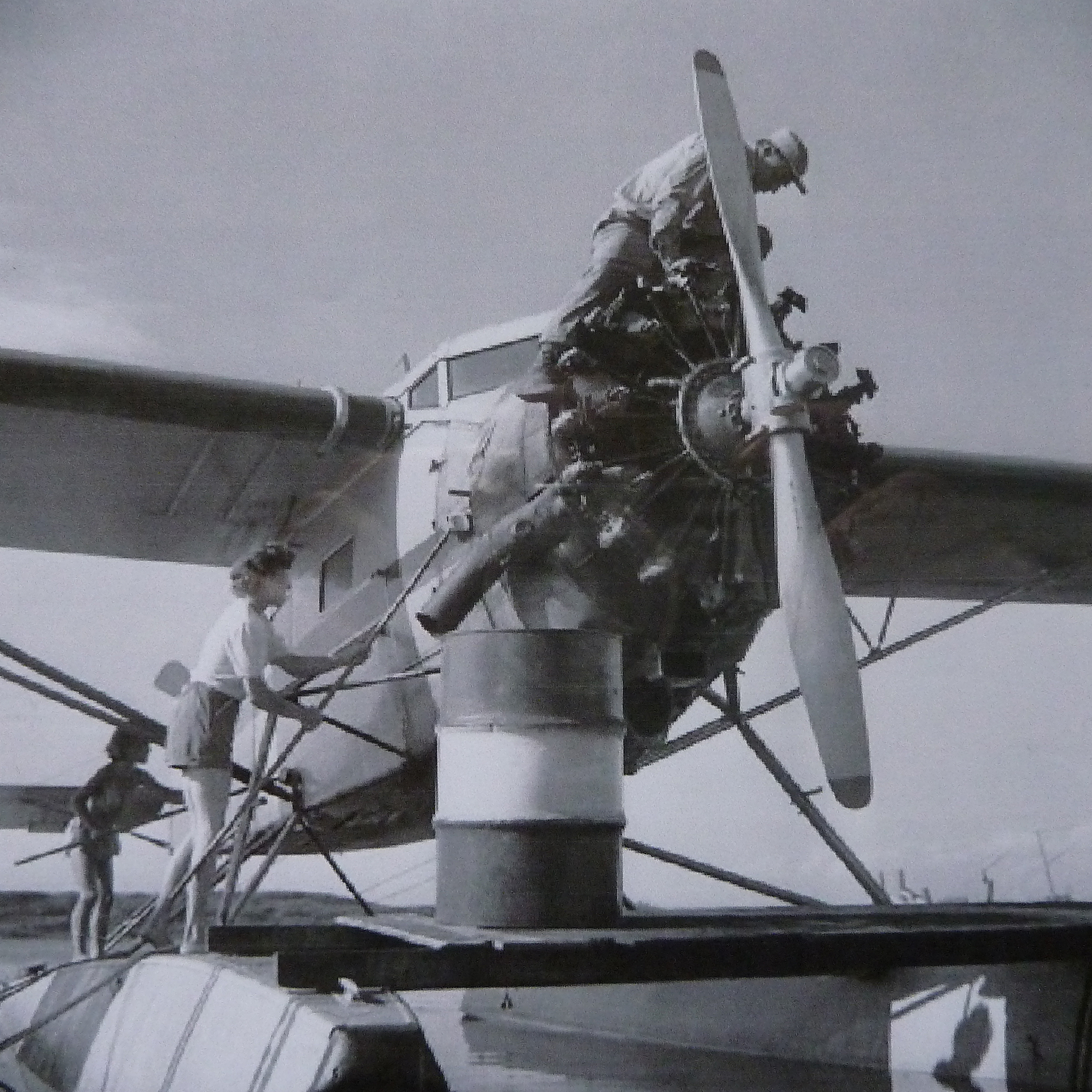
I believe this woman was identified as Mrs. MacAvoy wife of a Chuck MacAvoy who went missing with his plane (above) in 1964. His remains were found in Bathhurst Inlet by the RCMP some forty years later. Link to story. I never met Chuck but Hans told me stories about him and others who were also flying the Fairchild 82.
The Type M Fairchild, CF-HMM… was much easier on the eyes
(Lynn states: “This is just a flight of fancy Harold”)

Morgan Fairchild -Technical details: 36″ X 24″ X 36″
This was a later model of the Fairchild that became very popular in the 1980s.
Hans and I never had the opportunity to fly this Fairchild, but, as life would suggest, we did even better with Hans having found Ruth and I, having found Lynn.
(5892)
Tags: Don Hamilton, Aaron Pinksy, Aaron Pinsky, Alberta Fish Products, Beaver Lake, Bill Michelson, CFAXL, Charlie Pinsky, Chuck MacAvoy, Erna Fentener, Ernie Lobe, Fairchild 82, Fairchild Ltd, Grist Lake, Hans Vanderflugt, Harold McNeill, John Vanderflught, Lac La Biche, Ruth Vanderflugt, Touchwood Lake
Trackback from your site.

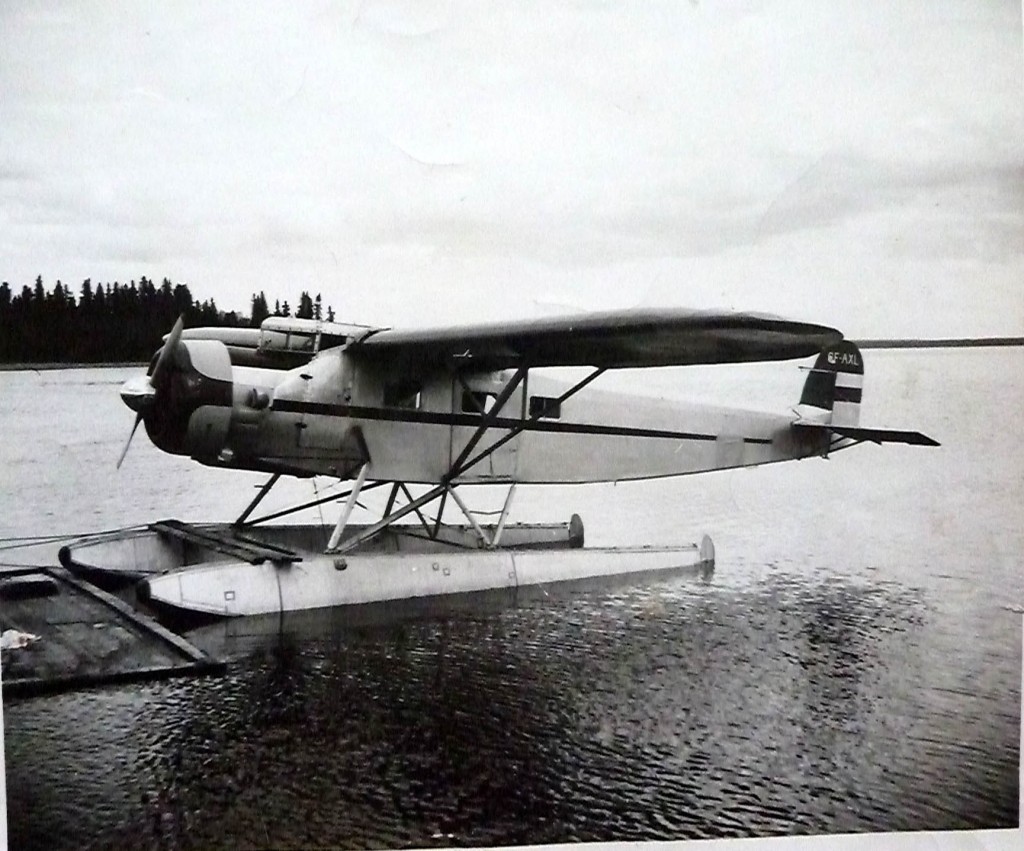
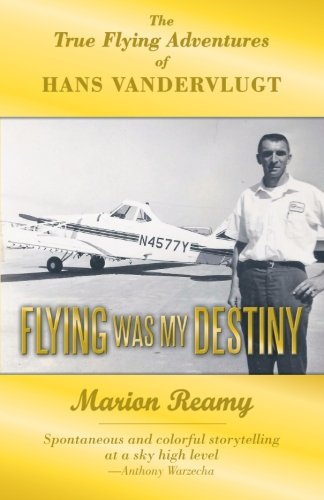
Comments (2)
HI, I am looking to purchase a copy of this book. Is it available for purchase?
Fairchild 82a CL-AXE in 1952 was owned by Herman (Slim)Knights and flown by Associated Air Taxi. Sea island, B.C. Canada.